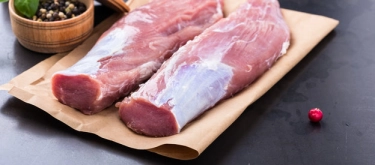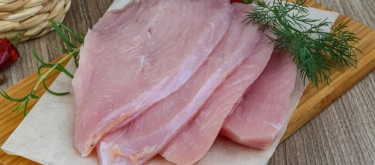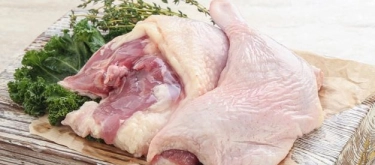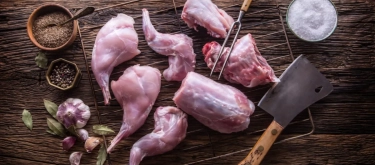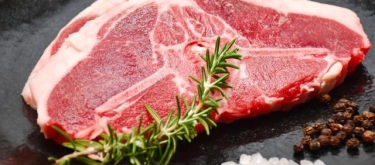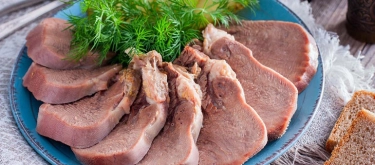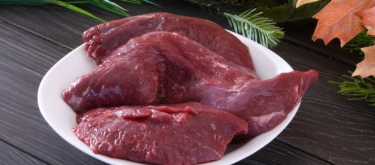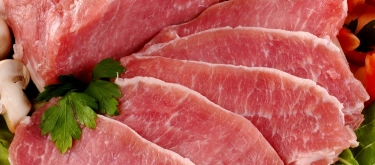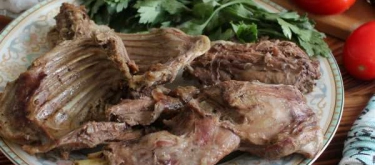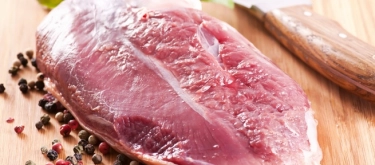Nduja (Spicy Spreadable Salami): Taste Profile, Aroma, Benefits and Health Risks
Nduja is a soft, spicy, spreadable salami from Calabria, Southern Italy. Recognized for its fiery flavor, creamy texture, and deep red color, nduja is a staple in Italian kitchens and increasingly popular in gourmet cuisine worldwide. Traditionally crafted with pork, fat, and hot Calabrian chilies, nduja adds intense flavor and heat to both classic and modern dishes.
Nduja contains pork, pork fat, Calabrian chili peppers, salt, and spices. It is not suitable for vegetarians, vegans, or individuals with pork allergies. Contains significant fat and sodium; should be consumed in moderation by those with high blood pressure or cardiovascular risk. Gluten-free by traditional recipe, but always check for additives in commercial products.
What does Nduja (Spicy Spreadable Salami) taste like?
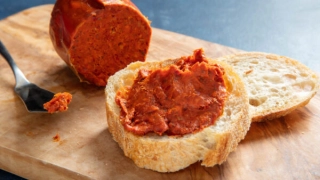
Complete Sensory Description
Nduja delivers a bold, spicy, and deeply savory flavor with a lingering heat from Calabrian chilies.
The initial taste is intensely salty and umami-rich, immediately followed by a growing, smoky spiciness that coats the palate. Notes of cured pork, roasted peppers, and subtle garlic create a complex, meaty depth. The spreadable texture is soft, creamy, and slightly grainy, melting quickly on warm bread or in hot dishes. The aftertaste is persistent, with warming chili heat and a rich, fatty finish that lingers long after each bite.
In-depth Flavor Analysis
The signature flavor of nduja comes from its blend of pork shoulder, pork fat, and a large proportion of spicy Calabrian chili peppers. The high fat content (often over 50%) gives nduja its creamy, spreadable texture. Fermentation and aging allow the development of deep umami and tangy notes, while the capsaicin in the peppers imparts a lingering, balanced heat. Natural smoke and spice extracts add layers of aroma, with glutamates and peptides enhancing overall savory intensity.
Culinary Uses and Forms of Consumption
Fresh or room-temperature nduja:
Nduja is most often enjoyed spread on fresh or toasted bread, crostini, or crackers, where its soft, spicy paste can be fully appreciated. The creamy texture and intense heat make it a flavorful starter or snack, often served simply to highlight its quality.
Cooked nduja:
When gently heated, nduja melts into sauces and fillings, infusing dishes with bold spice and savory depth. It is stirred into pasta sauces (such as tomato or cream-based), risotto, pizza toppings, and scrambled eggs, adding richness and heat.
Best pairings: Nduja combines exceptionally well with cheese (especially soft or mild varieties), eggs, tomatoes, beans, and even seafood, such as clams or squid.
Used as a flavor enhancer:
Nduja’s concentrated flavor means a small amount can transform soups, stews, or braised dishes. Chefs use it to intensify broths, add smoky heat to grilled meats or vegetables, or incorporate into compound butters and spreads.
Not recommended:
Nduja’s delicate flavor can be overwhelmed by overly acidic or vinegary sauces. Excessive direct heat can cause fat to separate and lose creaminess, so gentle warming is ideal.
Selection, Preparation, and Storage
Selection:
Choose nduja that is deep red in color, soft, and moist with a balanced aroma of spice and cured meat. Avoid products with gray spots, dryness, or off-odors.
Preparation:
Serve at room temperature for maximum spreadability and flavor. For cooking, add at the end of cooking to preserve its soft texture.
Storage:
Store unopened nduja in a cool, dry place. Once opened, refrigerate and use within two to three weeks. For longer storage, freeze in small portions.
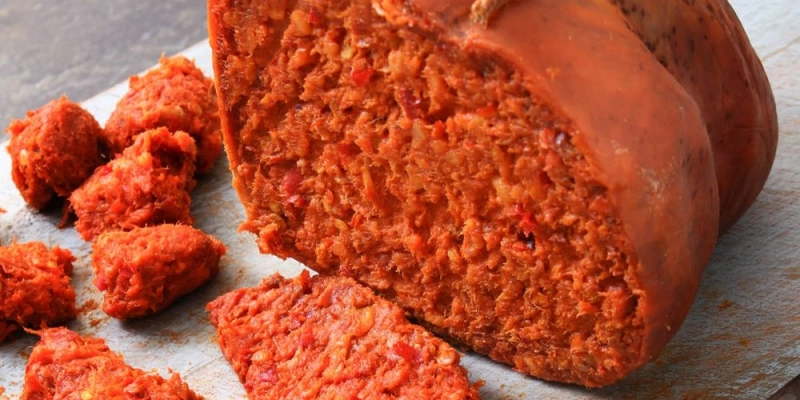
Nutritional Insights
Nduja is high in protein and fat, delivering significant energy in a small serving. It contains capsaicin from chilies, which may boost metabolism and circulation, and provides B vitamins, iron, and zinc from pork. However, it is also high in sodium and saturated fat; excessive consumption may contribute to cardiovascular risk.
Potential benefits:
-
Protein and micronutrients support muscle health and metabolism.
-
Chili peppers may promote circulation and provide antioxidants.
-
Small portions can enhance appetite and satisfaction in meals.
Modern Culinary Trends
Nduja is gaining international popularity for its versatility and intense flavor. It is now featured in fusion cuisines—used in burgers, on pizza, in pasta, and even as a spicy addition to seafood dishes. Chefs experiment with nduja in sauces, dips, compound butters, and creative appetizers, making it a signature element in modern Italian-inspired menus.
Interesting and Curious Facts
Nduja originated as a “poor man’s food” in Calabria, using lesser pork cuts and preserved with chili and salt. Its name comes from the French “andouille,” but the Calabrian version is uniquely spicy and spreadable. Traditionally, nduja was smoked and aged in natural casings. Today, artisanal nduja is celebrated for its regional character and is protected as a traditional food by Italian authorities.
Harm and Dietary Considerations
Not suitable for those with pork allergies, vegetarians, or vegans. Contains high fat and salt; should be consumed in moderation by those with hypertension, heart disease, or certain metabolic disorders. Safe for most people when eaten as part of a balanced diet.
Religious Dietary Considerations
Contains pork; not permitted in Halal, Kosher, or certain Hindu diets. Always check ingredient lists for additives in commercial varieties.
Final Thoughts & Sensory Journey
Nduja delivers a bold union of spice, smoke, and savory richness in a soft, spreadable form. Its intense flavor, gentle heat, and creamy texture make it a unique delicacy that elevates both simple snacks and gourmet dishes.
Resources
-
Davidson, A. (2014). The Oxford Companion to Food. Oxford University Press. ISBN 978-0199677337
-
McGee, H. (2004). On Food and Cooking: The Science and Lore of the Kitchen. Scribner. ISBN 978-0684800011
-
Italian Food & Beverage Technology, 2017, “Nduja: The Iconic Spreadable Salami of Calabria”
-
Slow Food Foundation, “Nduja di Spilinga” (protected status)
